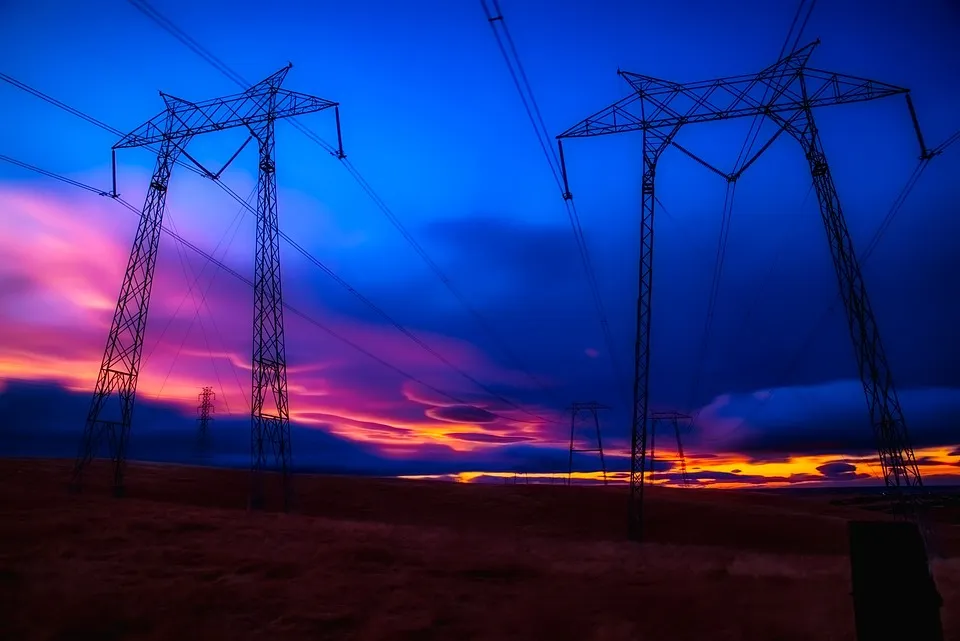Energy of all kinds is the most important resource, you can’t really do anything without transferring it in some way. For example, you eat food, run electricity through your computer, and use gas to move your car.

source
The First Law of Thermodynamics
The first law of thermodynamics has to do with heat, energy, and work. Heat itself is a form of energy and can be used to do work. Gasses are a good way to show this, as they expand and contract with response to heat and pressure, which vary directly with each other. As a balloon rises in the atmosphere it expands, because there is less air (and thus concentration of heat/pressure) around it. This expansion does work on the surrounding gas by moving the gas out of the way. There are a few different ways objects and their environments can interact to change heat and do work. They all have their use, like cooling a refrigerator, or powering a car.
This works in reverse too, other forms of energy can turn into heat. On the smaller scales, every interaction is messy. Particles and molecules are flying all over, smashing into and bouncing off each other all the time. This means in every interaction, some of the movement is inevitably turned into heat. This can often be reduced by using different materials, but there is always some creation and distribution of heat when work is done. This is what makes perpetual motion machines impossible. This heat often builds up, doing nothing we would consider useful. This heat changes the properties of the materials involved and often has to be spread to the outside environment to keep the machines functional.
Energy Concentration and Usage
Energy comes in many forms, which all tend to be concentrated in some way. In the balloon example above, the energy is originally concentrated to the the air within the balloon, but because of the difference in temperature it expands until it cools down to that of the rest of the environment around it. This general theme doesn’t just apply to heat. Electronics run because a voltage difference forces electrons to move in an effort to balance it out. The only reason work is done is because a difference in energy concentrations exist. This means the usefulness of energy is tied directly to its concentration.
Concentrated energy tends to dissipate as it is used. Since energy cannot stay concentrated forever, all of the environment will eventually reach some sort of equilibrium. This means theoretically one day little to no work will be able to be done and all useful change will come to a standstill. This process can be reversed in part, a refrigerator can cool its insides without mixing itself with an outside source of already cool air particles. This also works in reverse, allowing us to concentrate energy in different ways. This bumps into the second law of thermodynamics, the total entropy of a system should never decrease. This means that as we concentrate energy, which creates order, we must allow more overall energy to mix with the environment (creating disorder) and become less useful. This means the total “usefulness” of a system is always decreasing. Efficiency is just reducing the decrease in usefulness as much as possible. [1] [2]
Energy Storage and Creation
Energy usage and energy storage go hand-in-hand. Using energy as soon as you create it is theoretically the most efficient, but there are other problems to consider. The sun doesn’t shine 24/7, it takes time to power up coal power plants, and who wants to be tied to the wall when using their mobile phone?
Humanity stores energy, or uses stored energy, in a variety of ways depending on its intended use. This is usually done through the concentration of potential energies of some sort. We have two main forms of this “fuel”, and “batteries”. Fuel burns in a chemical reaction and produces heat, which can be harnessed to move objects. Batteries typically produce a voltage difference on their ends, which can then be used to create an electric current. Both of these store energy within chemicals. Fuel and most common batteries cannot be reused, and is gone forever once used. Some batteries can recharge, and efficiently too. The problem is that the density of energy storage in these batteries is much lower than other forms of storage. For the same weight gasoline can hold around 60 times as much usable energy as lithium-ion battery. [3]
The power grid is an integral part of energy today. The power grid typically runs on fuel sources like coal, oil, and natural gas. To increase efficiency machines that are typically powerful, large, and complex are produced. These machines take a long time to turn on/off and lose efficiency while doing so. They are already not very efficient, maxing out at turning around 35% of the energy into usable electricity. Moving electricity also takes a lot of power, especially over longer distances. Keeping the electricity in the form of voltage and not current helps reduce this. The amount lost ultimately depends on how far the electricity has to travel, and averages out at a loss of 6% of the total transmitted (in the US). This doesn’t have much of a direct impact as power is pulled from the wall, but this is an important aspect of our global fuel sources. [4] [5] [6]
I know this post is more about basic topics, but I will be going into more advanced topics for this in the future. Including how these ideas of energy efficiency factors into computer systems and our global methods for production of energy.